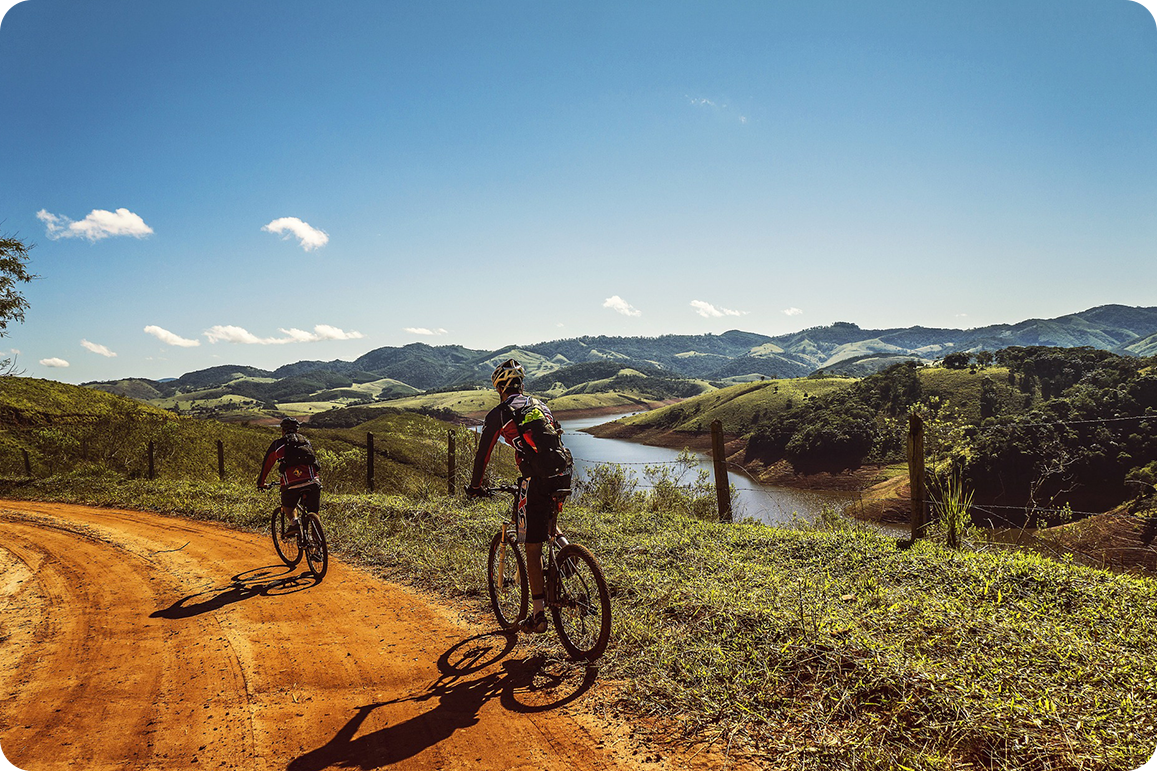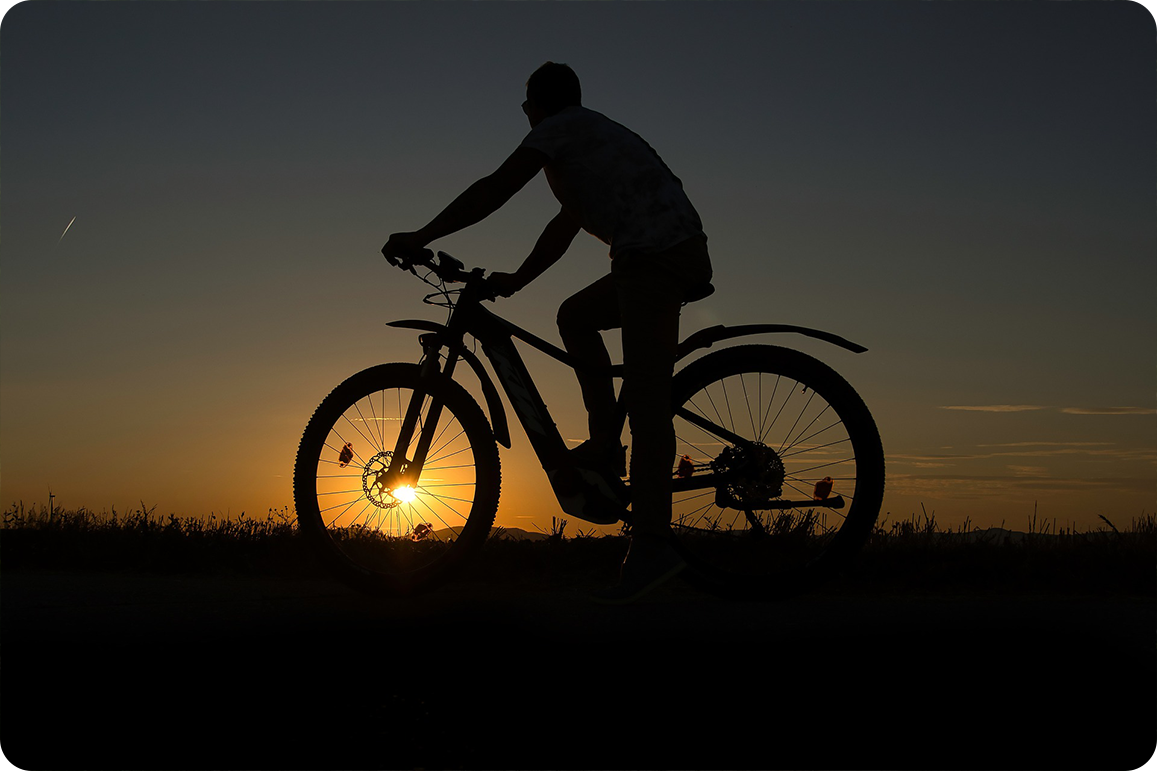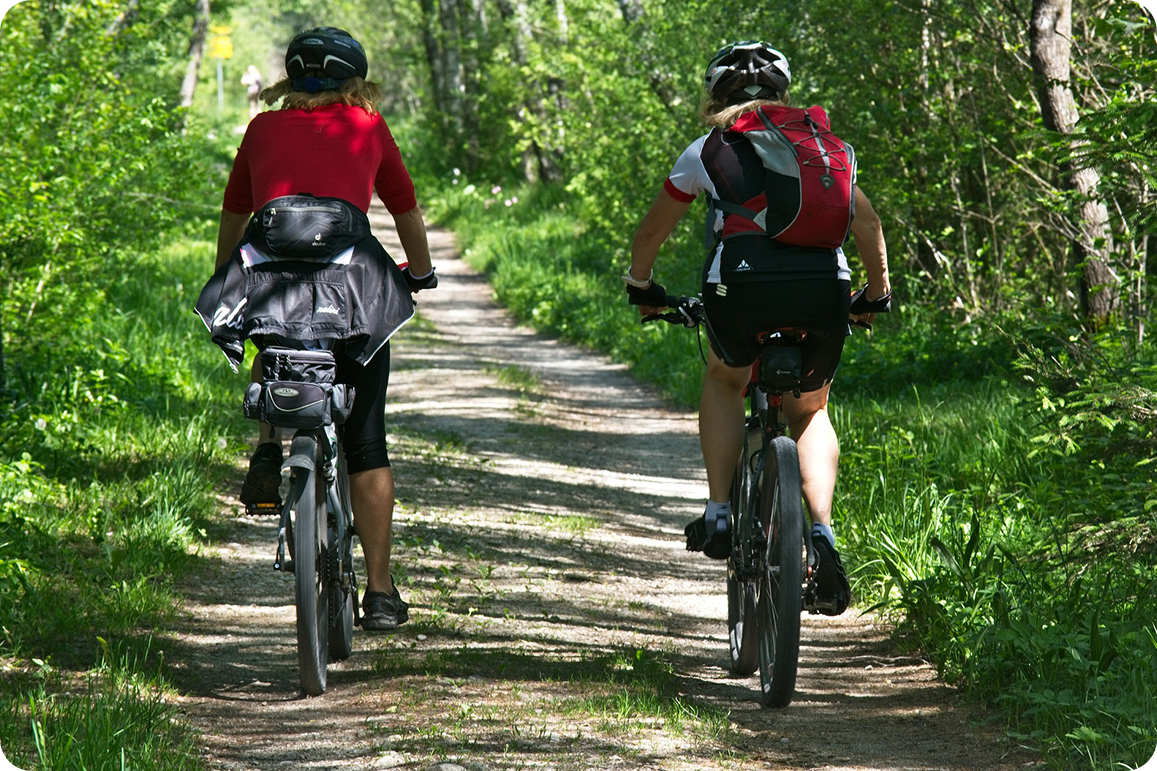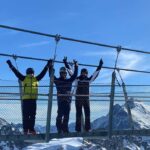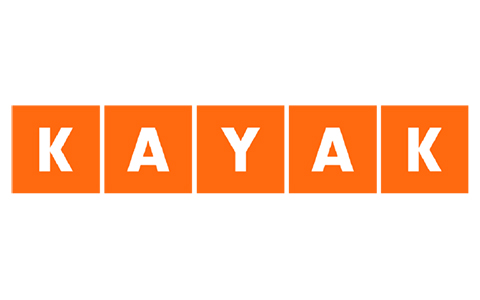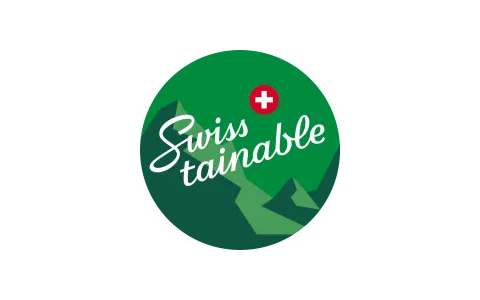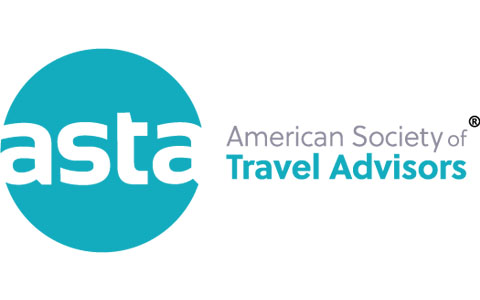Your Road To Become a Mountain Biker
Would you like to start a new sports adventure and become a mountain biker?
Here are our tips on choosing the best equipment for the beginner mountain biker.
While a higher price does mean better quality, getting the right mountain bike isn’t that simple. You need to find something that suits your skill level, riding requirements, shape, size – and pocket.
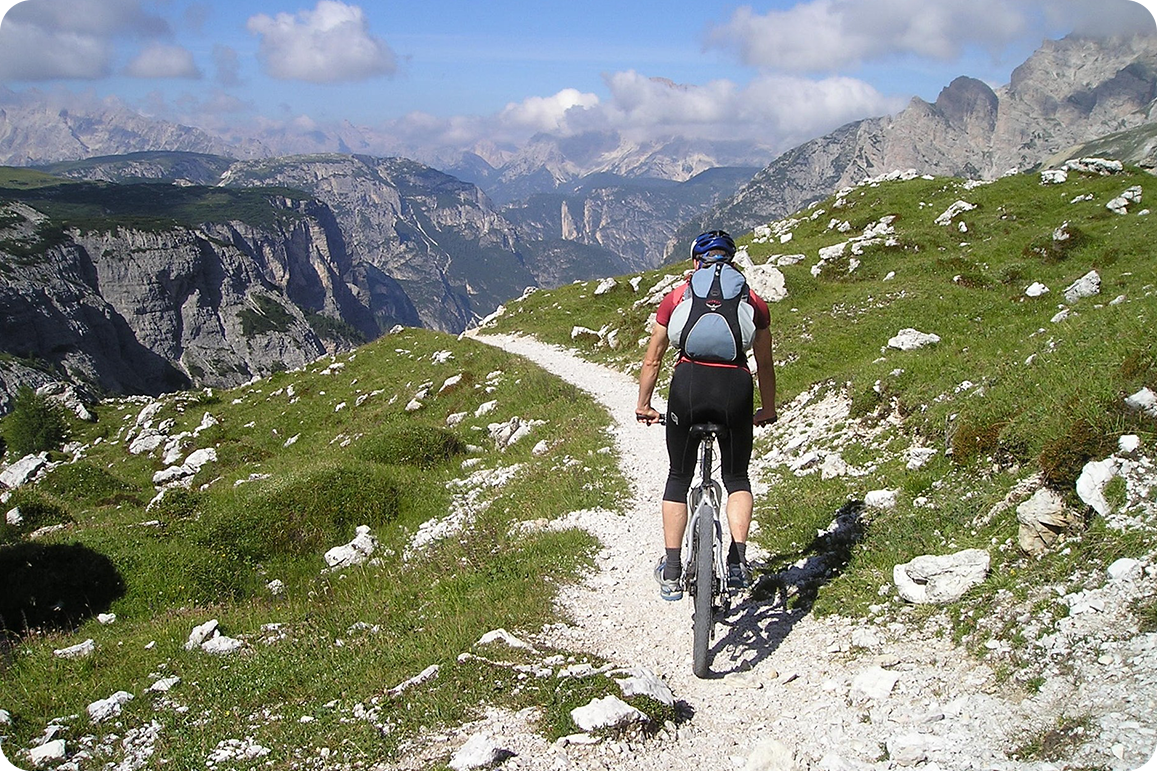
The most important task on your road to becoming a mountain biker is buying a bike. It’s also the most daunting: it is not as simple as picking the shiniest model, paying, and riding into the sunset.
While a higher price does often mean better quality, it isn’t that simple; you need something that suits your skill level, riding requirements, shape, size – and your pocket; not everyone has a blank cheque.
My-Mountains can provide you with a few basic rules how to choose the best equipment as a beginner mountain biker.
“I don’t ride a bike to add days to my life. I ride a bike to add life to my days”
– Unknown –
Assess your abilities first
To become a mountain biker first grab a pencil, paper, and some brutal honesty. Now make two lists. The first is an inventory of your fitness level: how competitive you are, how much time you spend riding (or working out) each week, your highest achievements on a bike.
The second is your ultimate vision of yourself as a mountain biker: completing a few races a year, kicking butt on the local race circuit, riding the trail every other day, and so on.
Then, imagine a mountain biker who is between the two – the bike that’s right for that middle-ground you is the minimum you should purchase. Buy below that level, and you won’t have enough room to grow.
Call for help
Look up the bike shops closest to you. Convenience isn’t the deciding factor when choosing a shop, but the ideal shop is one that’s easy to reach. Then visit at least two or three of them. Note what brands the shop carries.
Ask whether the shop specializes in a particular bike style – if the shop carries mostly road bikes, it’s probably not a good sign. Also, ask what kind of service plan they have on a new bike purchase; they often offer a post-purchase free service.
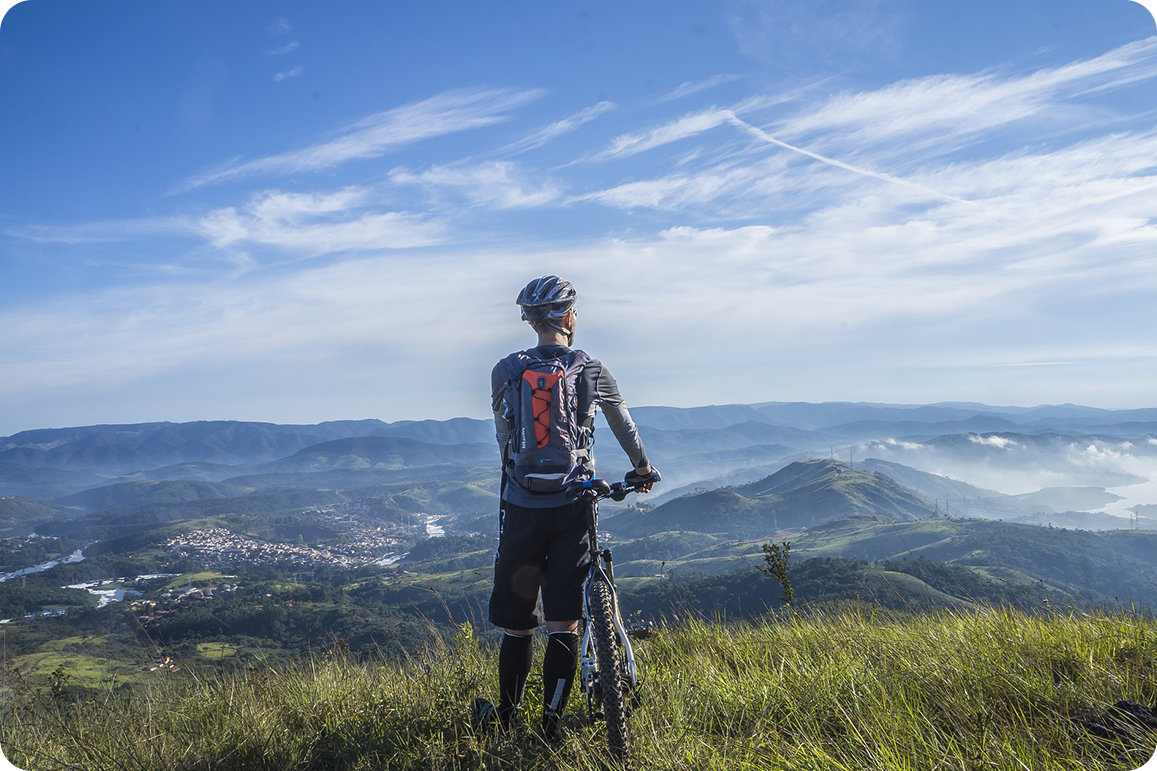
Do your research
Browse through the listing of all the bikes on the market. Alternatively, hit the websites of your chosen brands, which tend to be organized so that it’s easy to find bikes that match your intended riding style. Sturdy frame materials, components (wheels, derailleurs, and cranks in particular – you can spot them right away on the bikes at the shop), and price, if it’s listed. A model line will often have the same frame, with more expensive wheels and parts as the bike prices go up. Frames last longer than components, so we generally recommend investing in a higher-quality frame worthy of parts upgrades later, if need be.
Ask biker friends
Ask your mountain biker friends what they like and don’t like about their current bikes; you can judge by their riding style whether you should have the same concerns. Also, ask for opinions on local shops or the bike models you found on the internet. If you don’t know many cyclists, email a local mountain biker club. Bonus: you’ll have people to ride with when you have your new bike.
Check the bikes in person
Check out the models you’ve researched. Eyeball those easy-to-spot components, and note if they don’t match the specs you saw online. Similar-level components from a different manufacturer shouldn’t be a concern. If you see lower-level components than those stated on the web, with no corresponding drop in price, ask why.
Chat with a professional
If a salesman hasn’t approached you, seek one out. Talk about what you’re looking for as a beginner mountain biker and the models you’ve researched. The reaction should be along the lines of, “I can show those to you, and I have a couple of others you should look at.” If you feel like you’re being pushed to look at a bike that doesn’t suit you, e.g. a racing bike when you don’t race, hold your ground or head to another shop. But if the salesperson listens to your goals and recommends a slightly different bike style to the one you were considering – say, one with a more upright position versus a more stretched-out ride – ask why. There may be a good reason for the switch.
Look up and down
Check out the bikes a step above and a step below the bike you like most. Ask your salesman about the pros and cons of the frame material, components, rider position and intended use of each bike. If the bike you’re considering still seems to be the best at the best price, you may have a winner.
Take it for a spin
A quick test spin around the block won’t be enough to completely judge the bike’s performance, but you’ll be able to find any problems. Be sure the saddle is set so that you have a slight bend to your knee at the bottom of the pedal stroke. Ask yourself these key questions: does my upper body feel cramped, or too stretched out, when I’m on a ride? Does the bike feel unstable or twitchy when I turn? Is the reach to the brake levers comfortable?
Get a deal
A good rule to follow when it comes to price negotiations: be reasonable. A bike shop is a tough business – people work there because they love bikes, not because they want to get rich. If you’re buying a relatively inexpensive bike or an in-demand, brand-new-model bike, you might be able to wangle a longer free-service contract but don’t expect a price cut. However, if you’re buying a more expensive bike, more than one bike, a model left over from last year, or a package including a helmet, tools, shoes, pedals, shorts, and more, there’s no harm in asking for a small discount. The worst you’ll hear is no, but you may hear yes.
Go for a break-in ride
Plan for your maiden ride to last about an hour, and leave time to stop toddling with your seat height or make other minor adjustments. The whole idea is to familiarise yourself with the shifting, braking, and ride feel without going for an epic adventure right from the start.
Do the twist
If the shifting is ok, or your brakes feel soft after your first ride, don’t worry. It’s because the cables have stretched or the housing has wiggled a little farther into position – common occurrences when a bike is first used. A careful, counterclockwise twist of the barrel adjuster connected to the o-ending component should make things work smoothly again. While you’re at it, check that the brake pads are still lined up so that they contact only the rim when you apply the brakes. Confused? No big deal. Just take your bike to the shop for your first free service call.
Call. Visit. Upgrade. Repeat.
Your shop is your ally. Have a question about your bike? Give the shop a call. Something feels amiss on a ride? Stop by with your bike and chat with someone. A tune-up or a special accessory could get things back in line and keep you riding. And that’s the best deal around.
Now that you are on the way to becoming a mountain biker you can check some trails and go on your first adventure.
At My-Mountains we work with the best mountain biker guides to offer unique and exclusive experiences in Switzerland and in Europe.
Check out our latest Articles:
-
 Top Ski Destinations in Switzerland: Where to Plan your Next Adventure31 January 2025/0 Comments
Top Ski Destinations in Switzerland: Where to Plan your Next Adventure31 January 2025/0 Comments -
 Top 10 Swiss Ski Resorts for Winter Holidays10 January 2025/
Top 10 Swiss Ski Resorts for Winter Holidays10 January 2025/ -
 Discover the Magic of Wengen Ski Resort20 December 2024/
Discover the Magic of Wengen Ski Resort20 December 2024/ -
 Switzerland Ski Packages: Your Hassle-Free Vacation29 November 2024/
Switzerland Ski Packages: Your Hassle-Free Vacation29 November 2024/ -
 Zermatt Ski Resort: Discover All our Experts Insights12 November 2024/
Zermatt Ski Resort: Discover All our Experts Insights12 November 2024/ -

-



